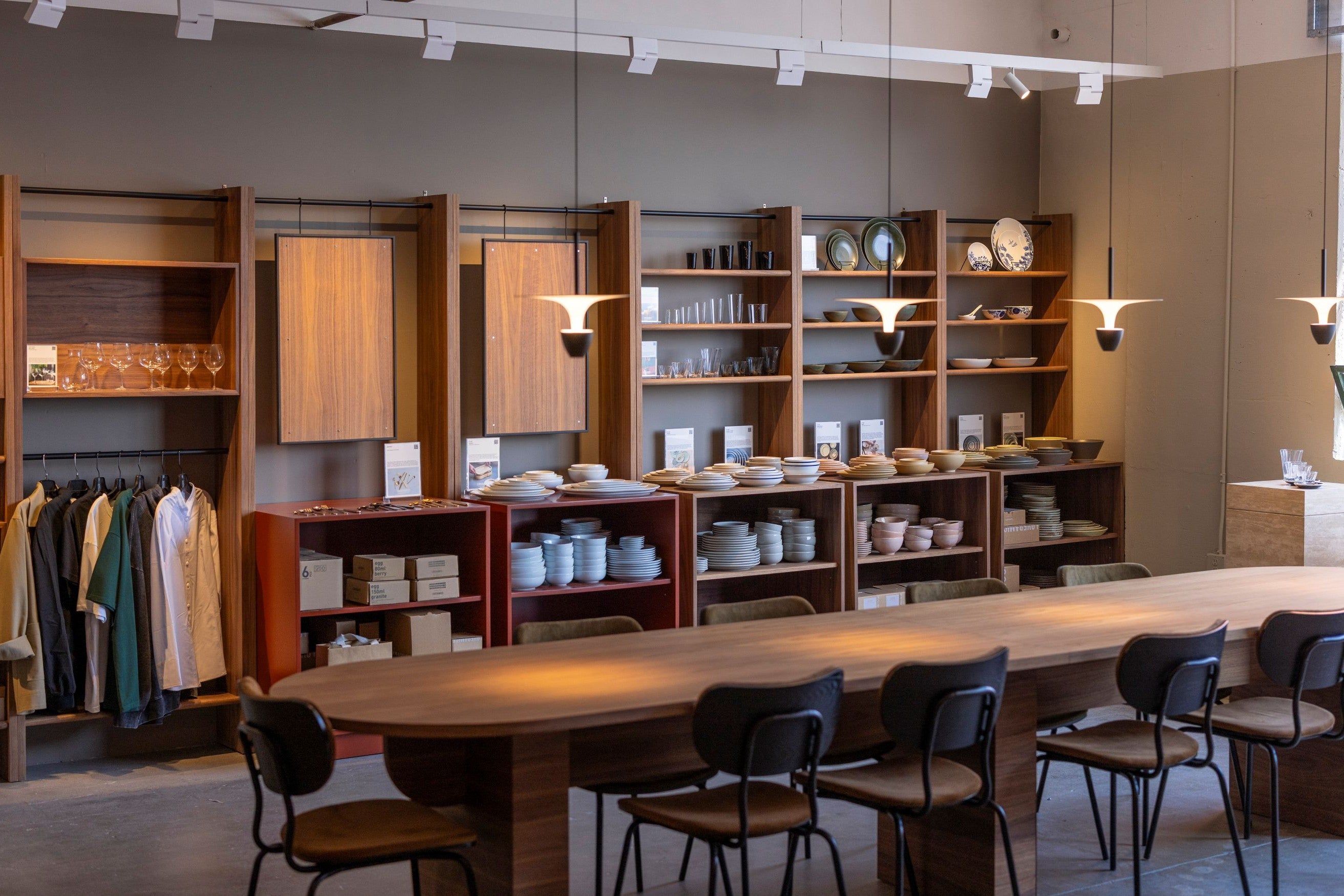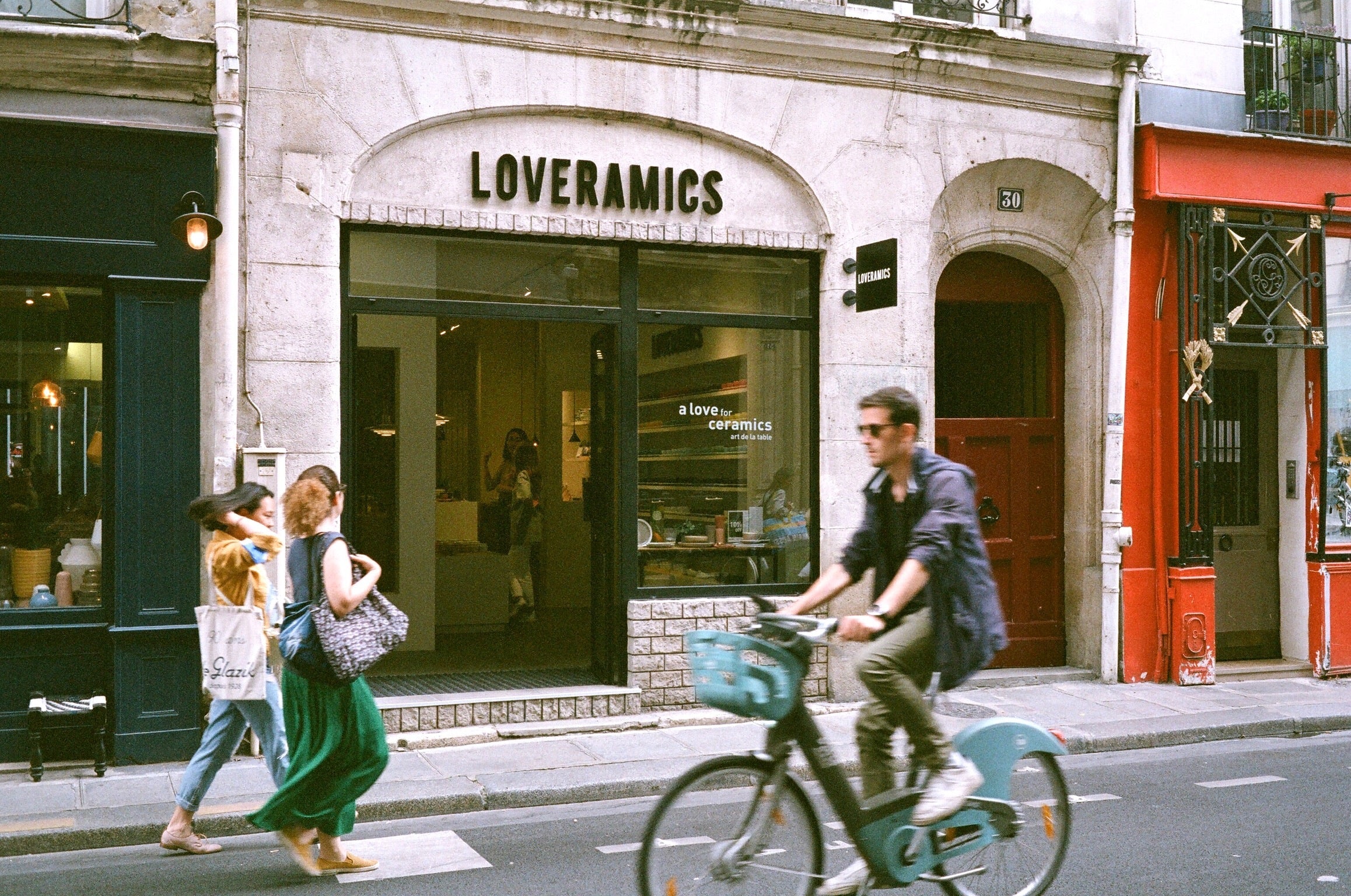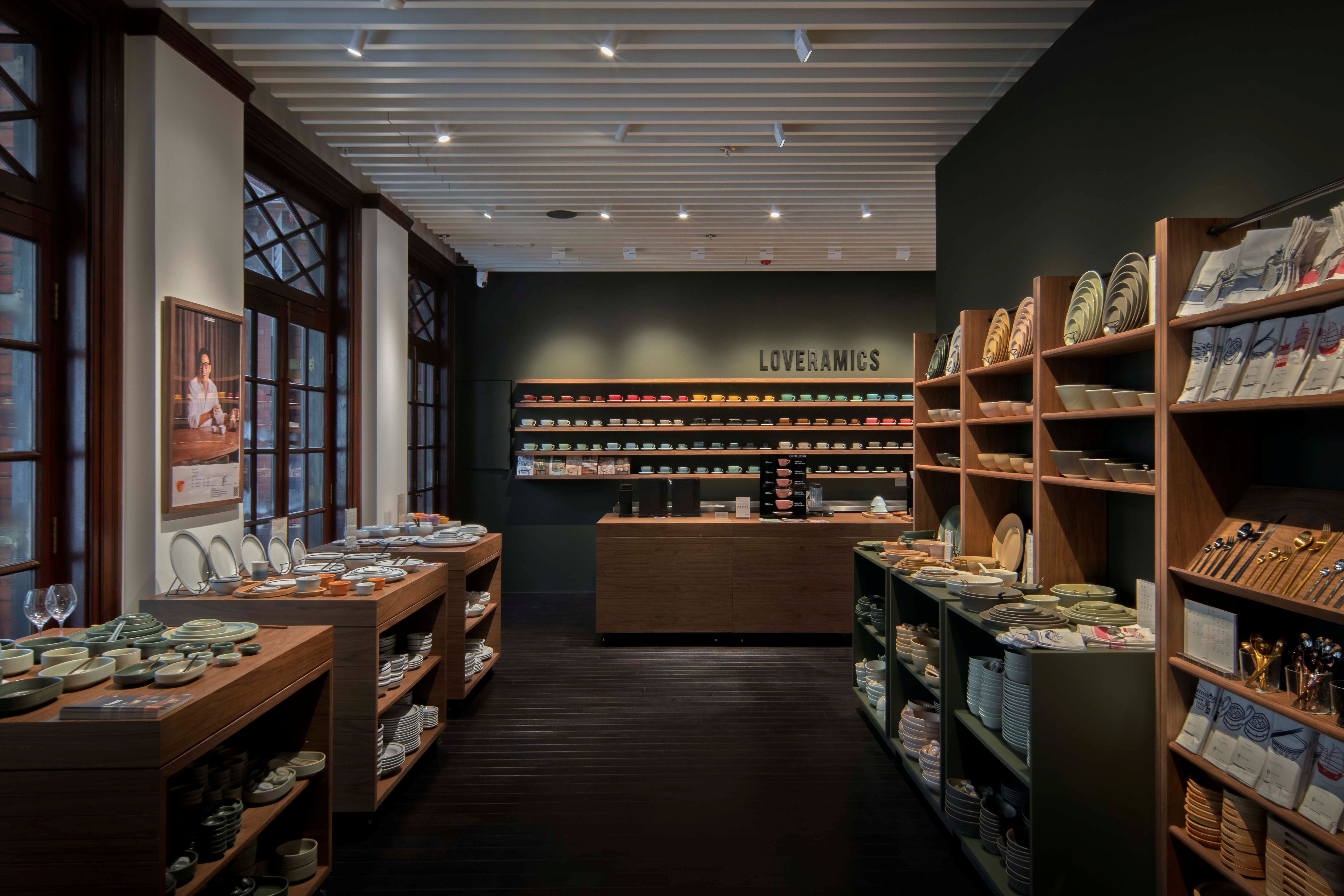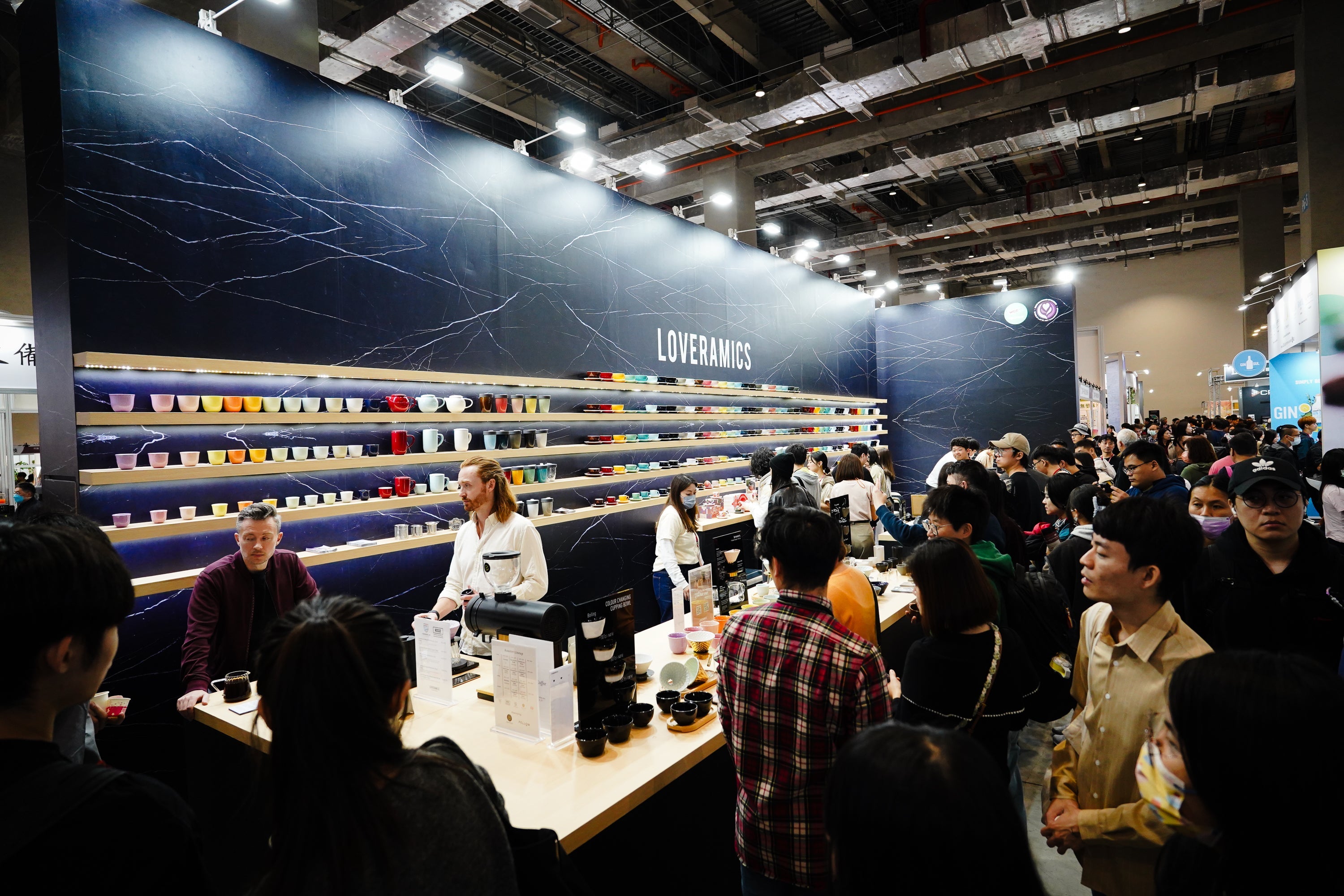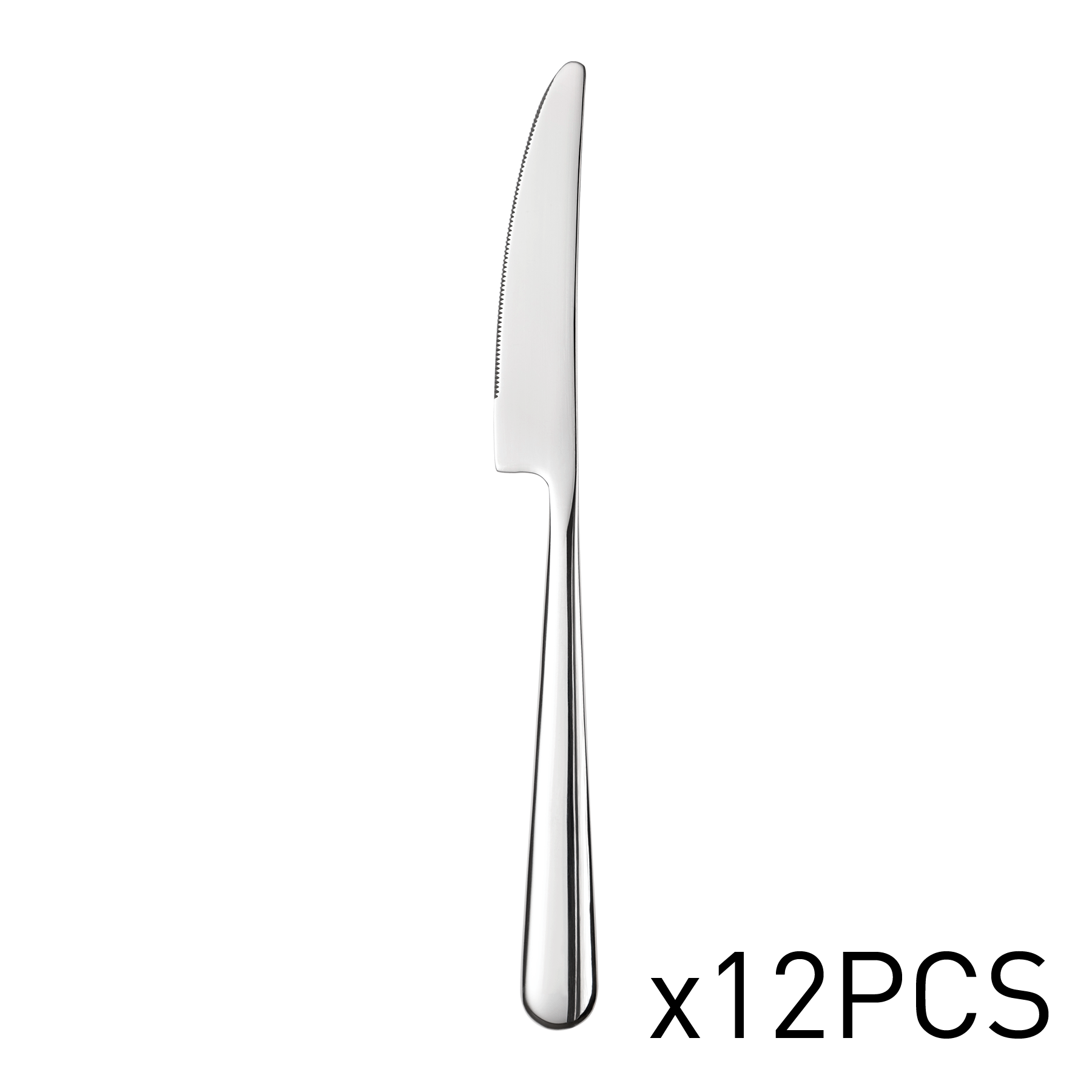
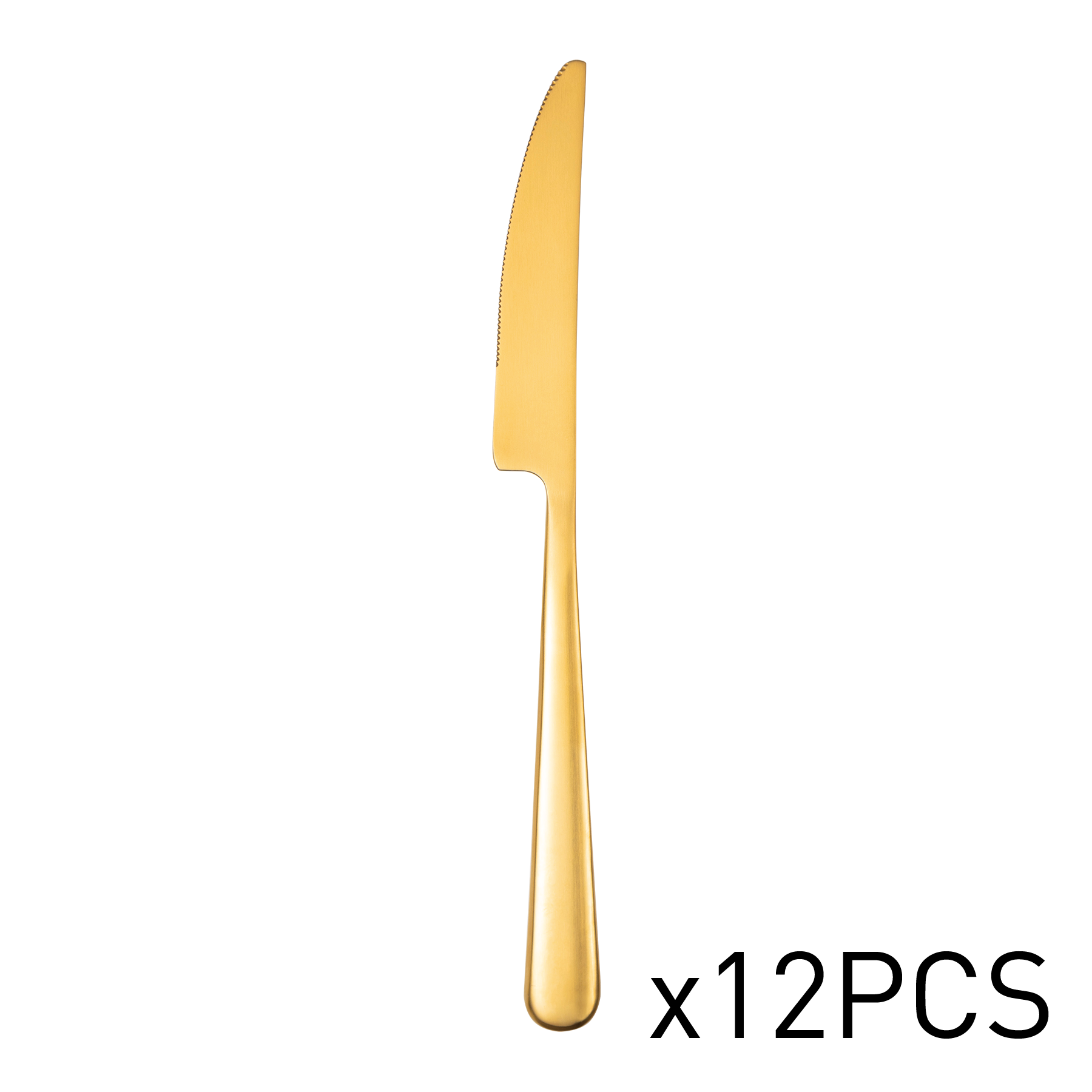
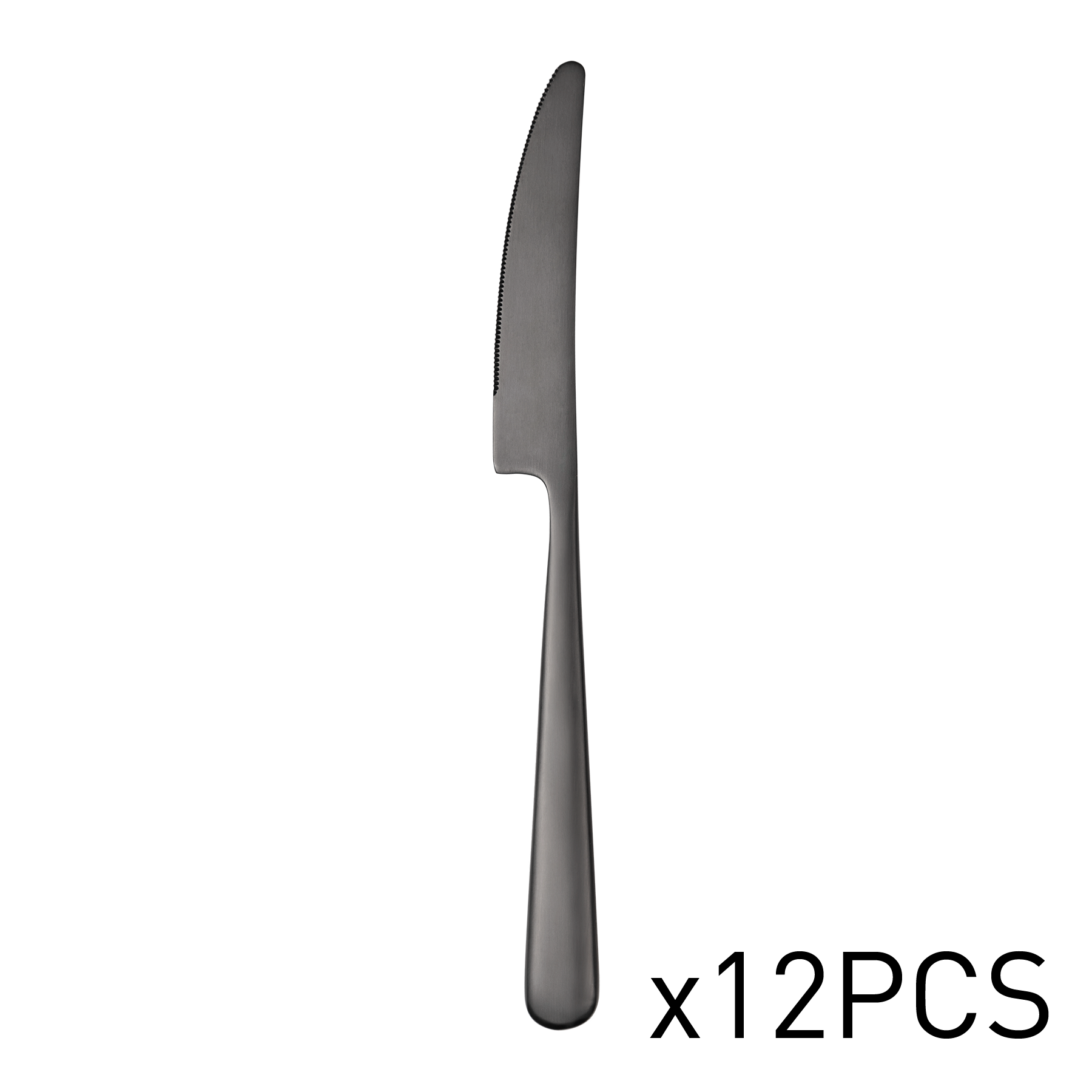
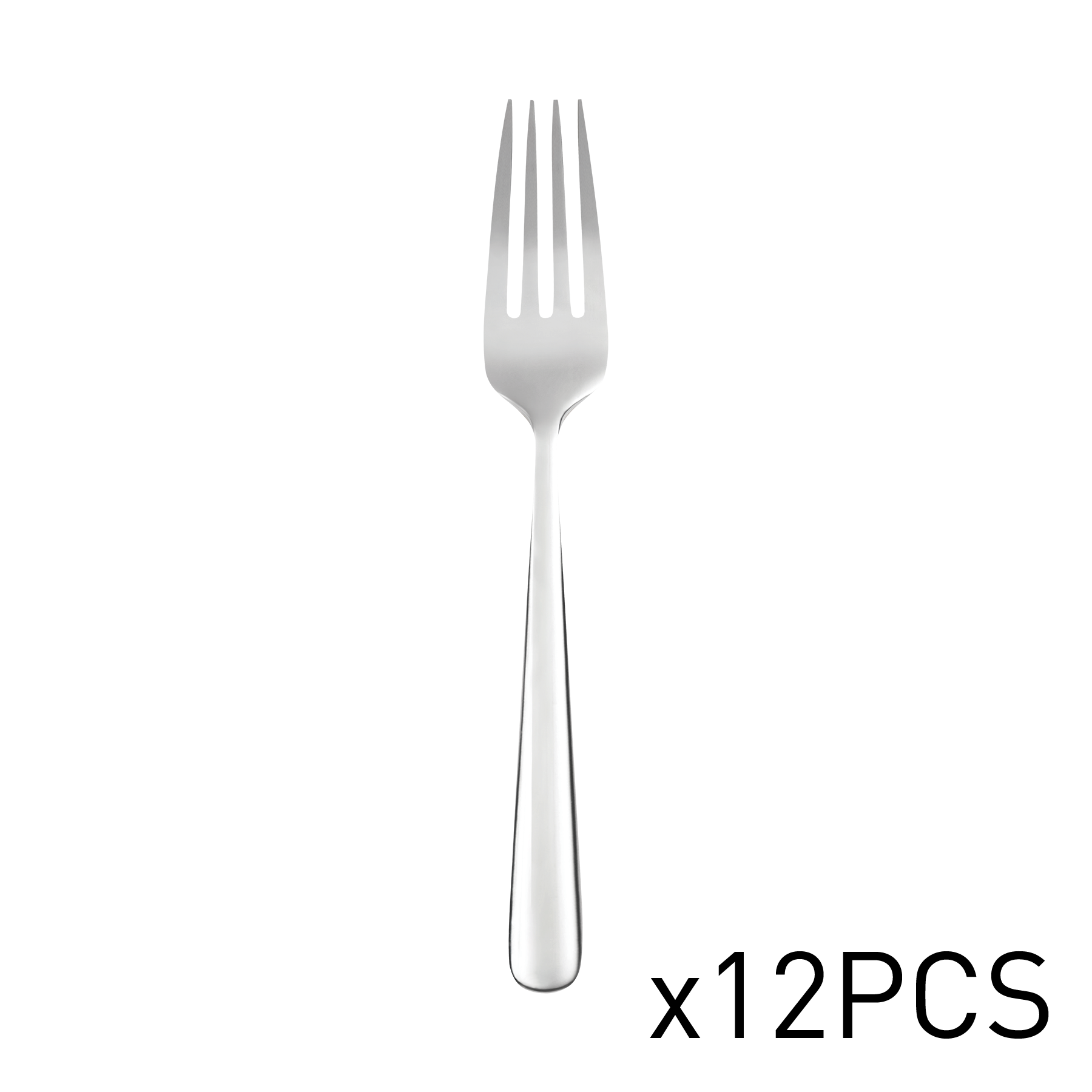
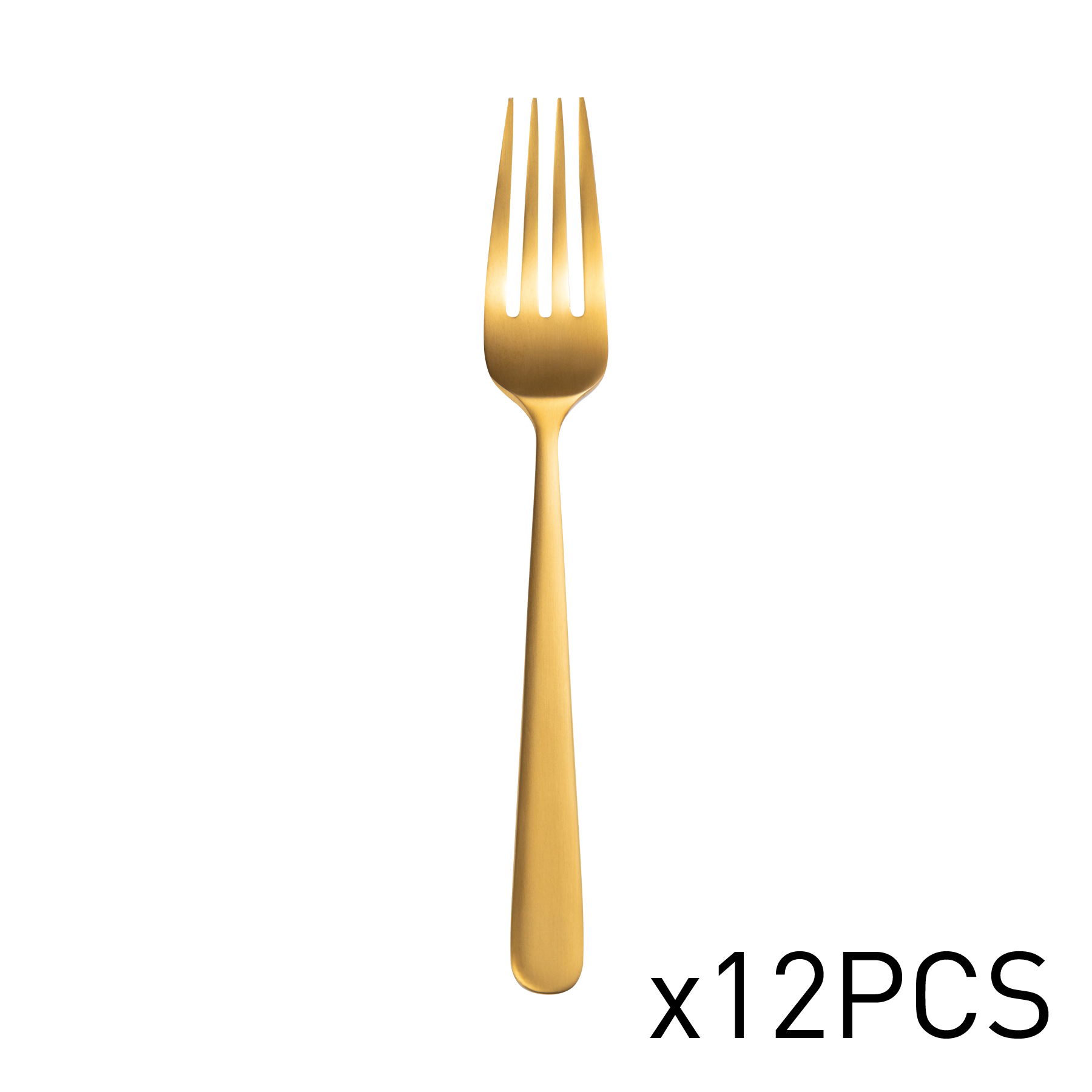
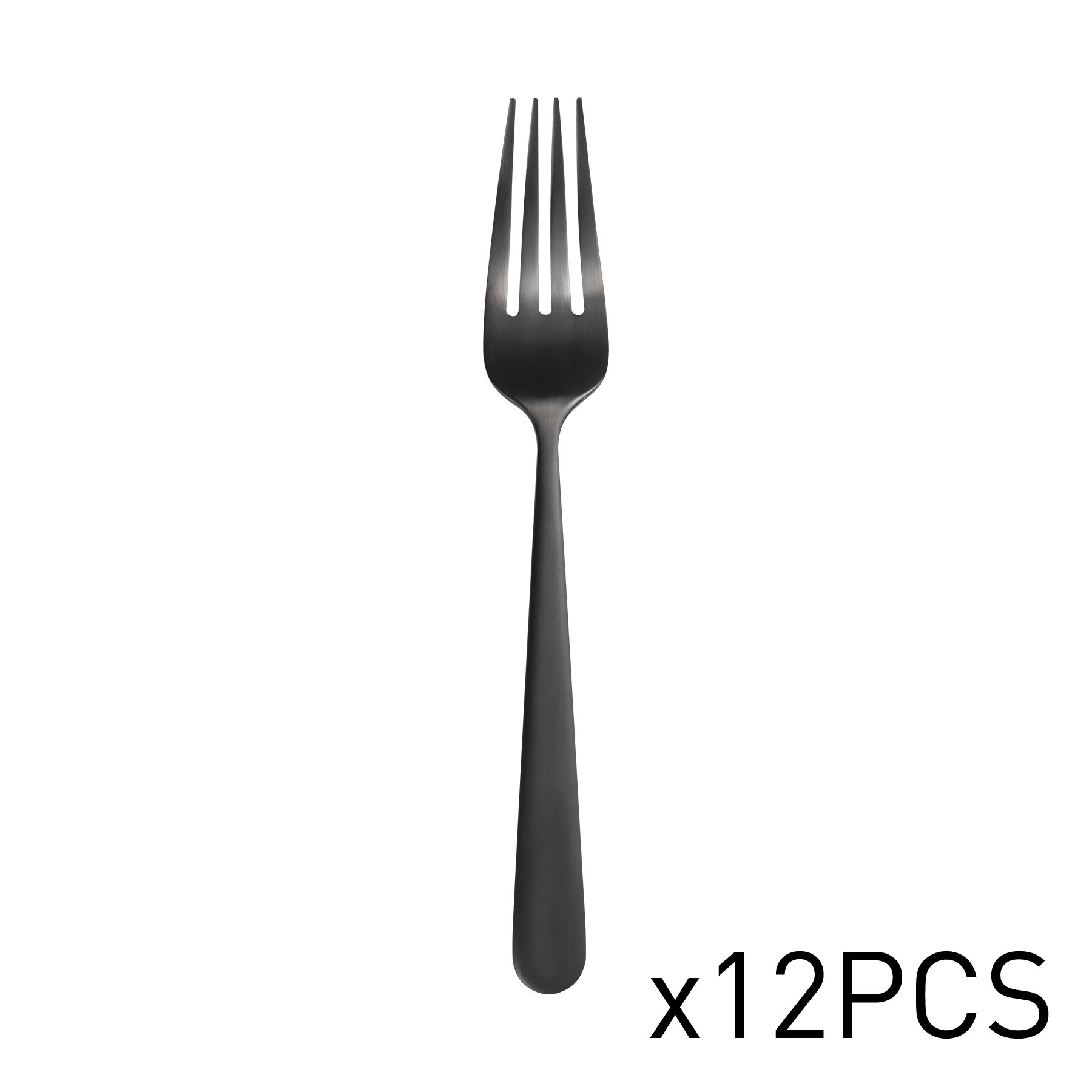
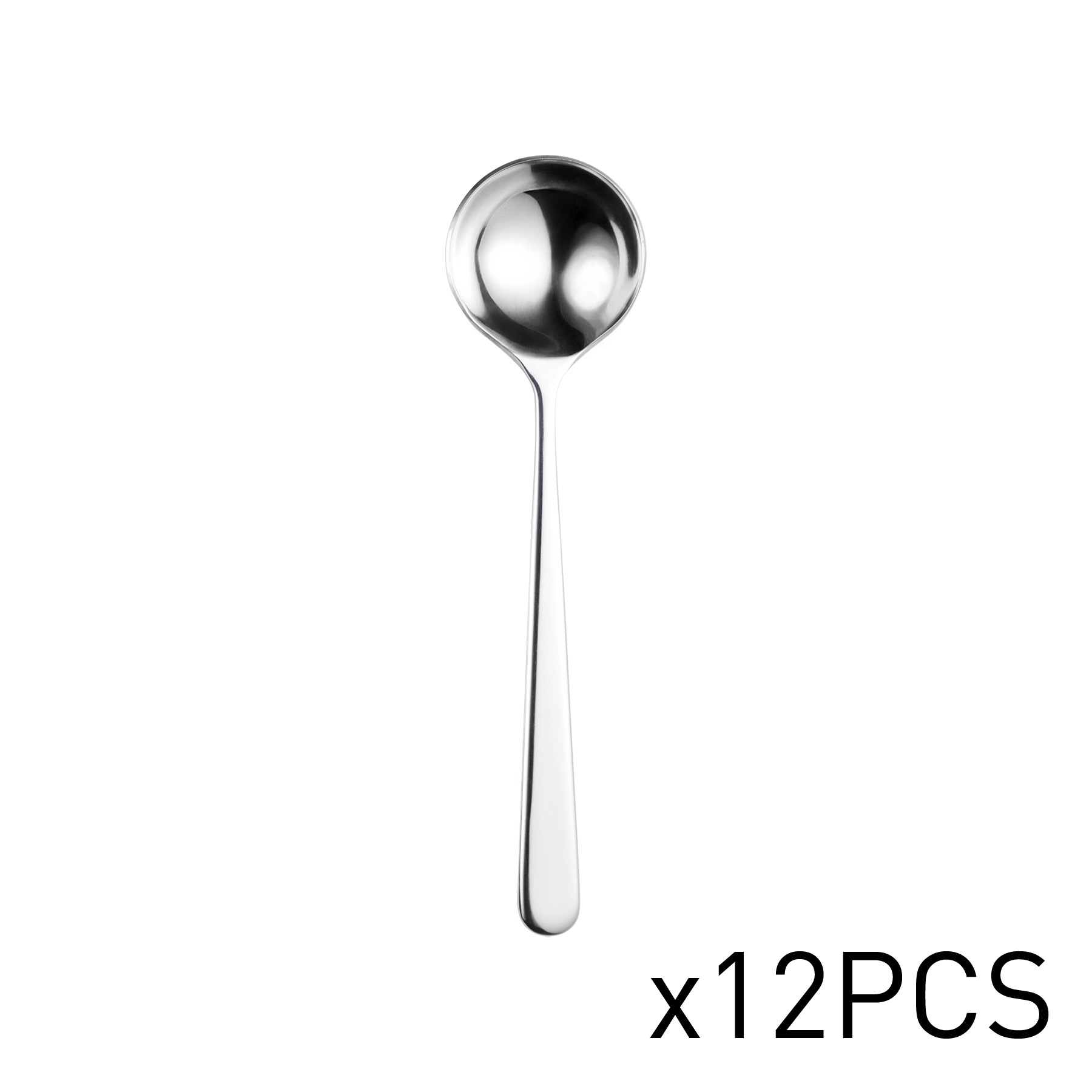
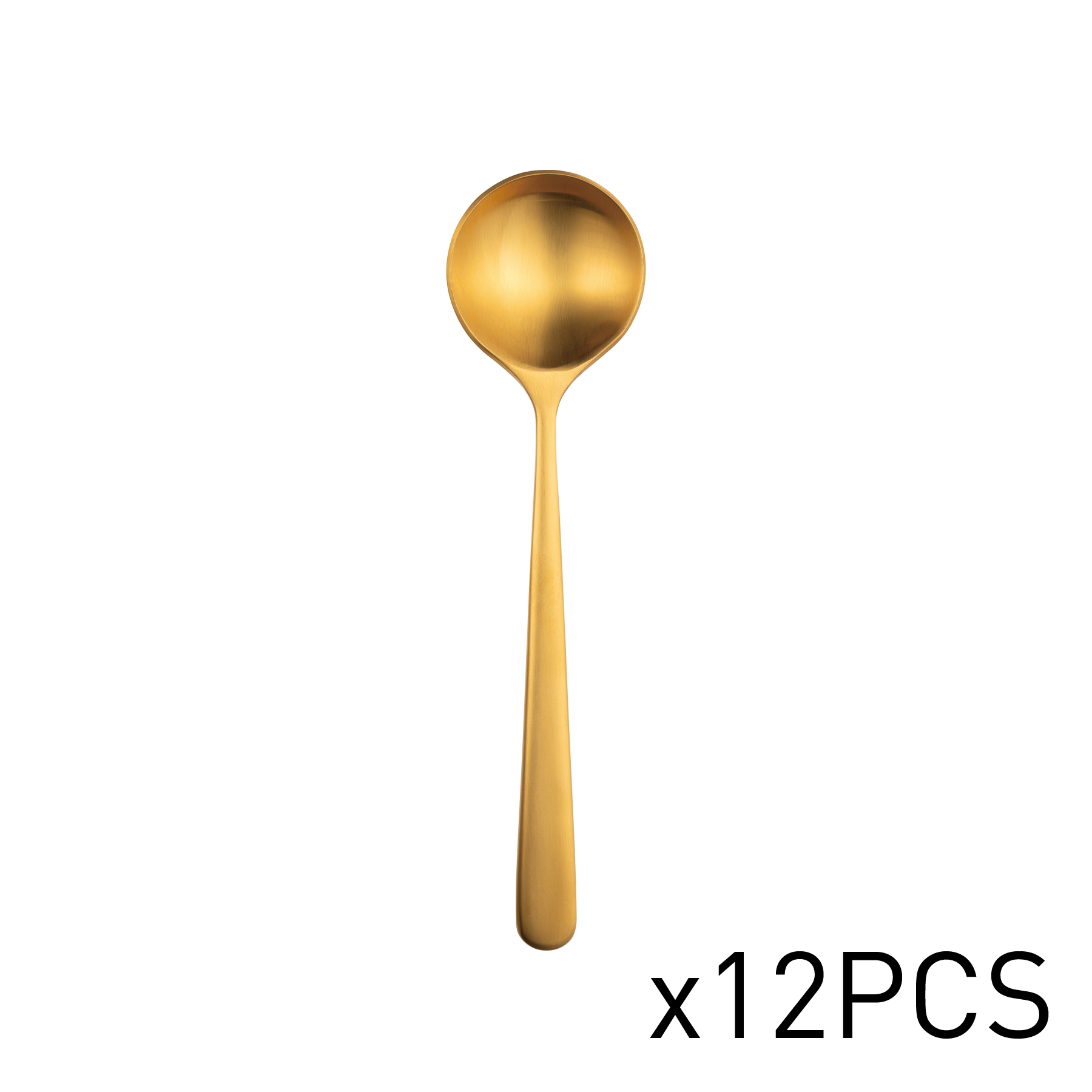
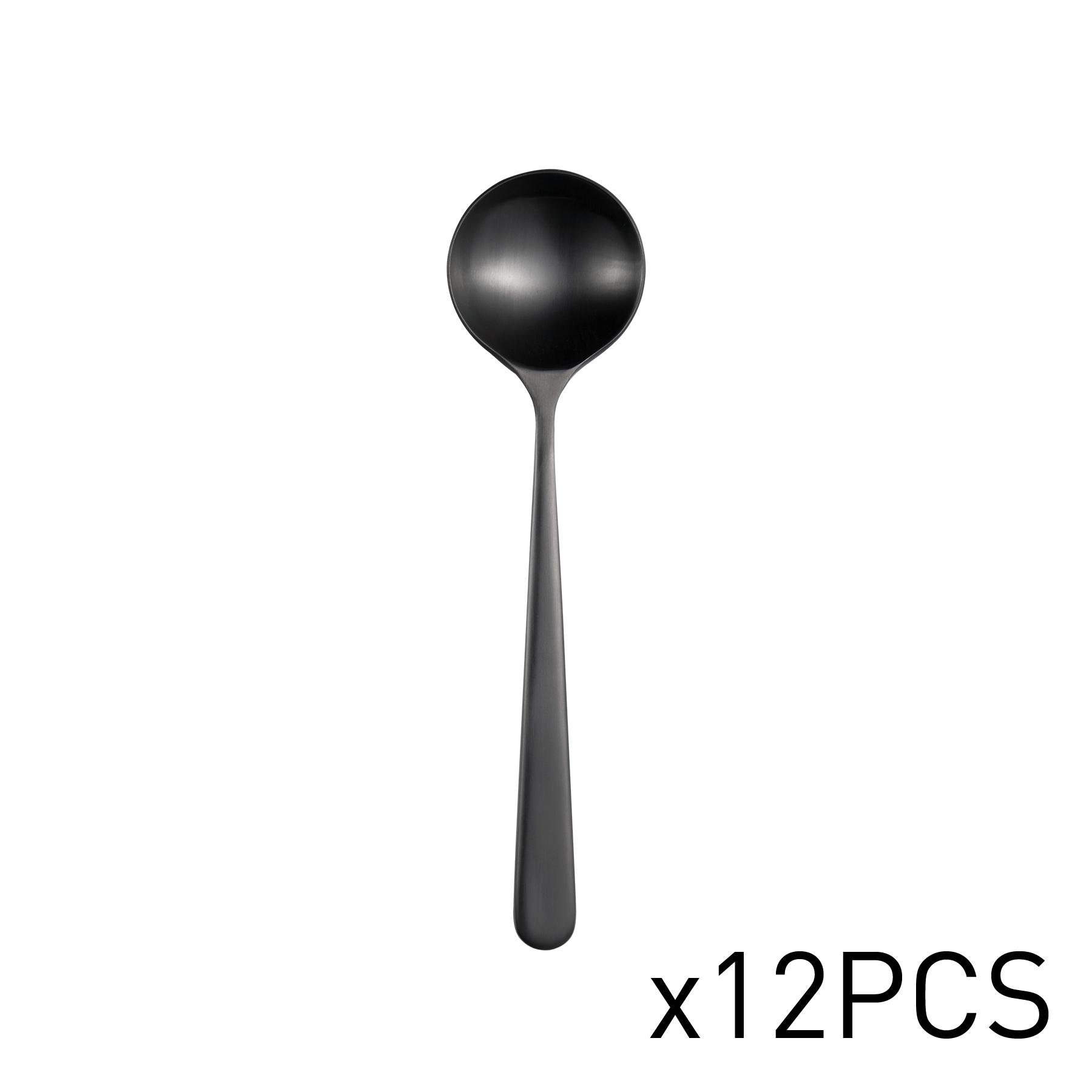
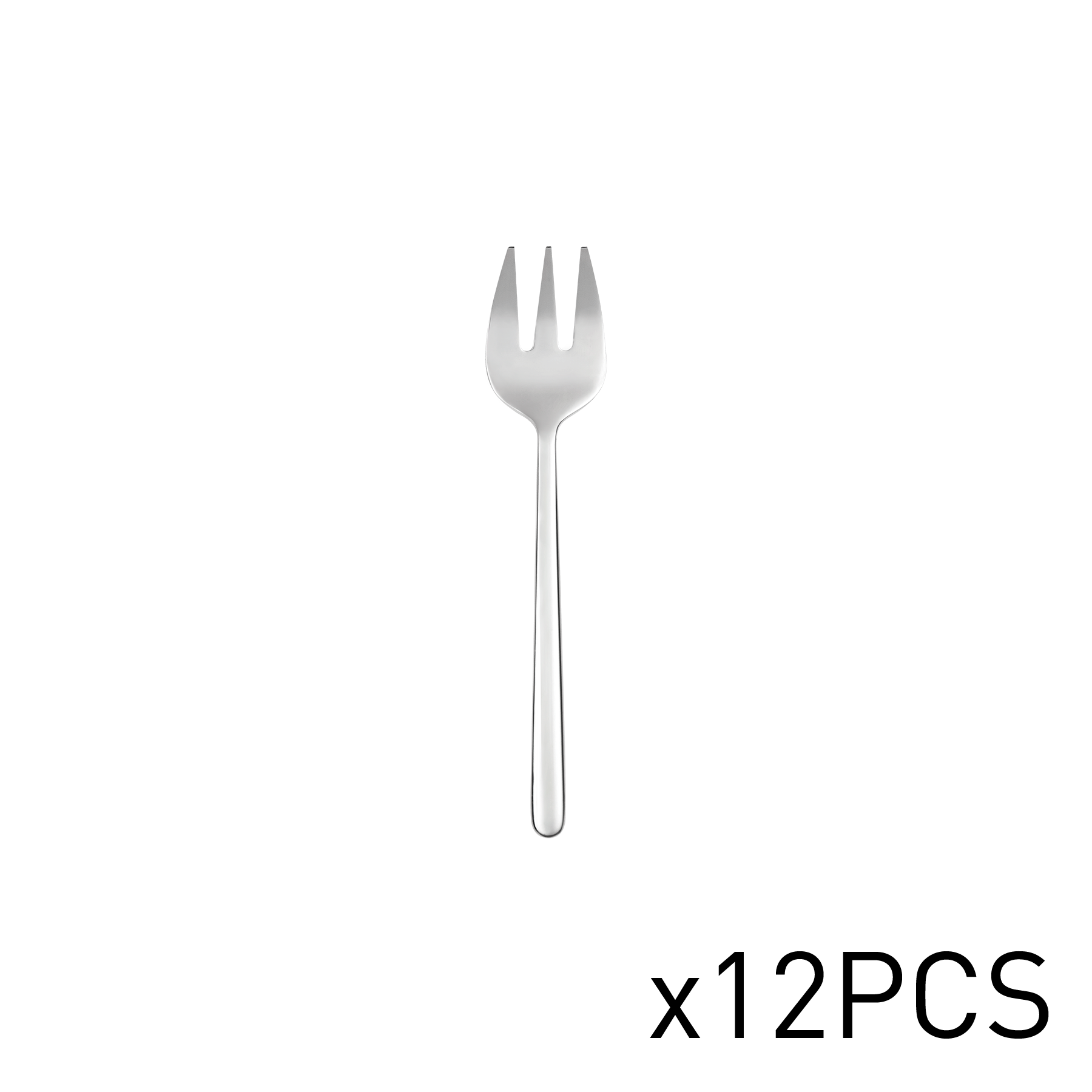
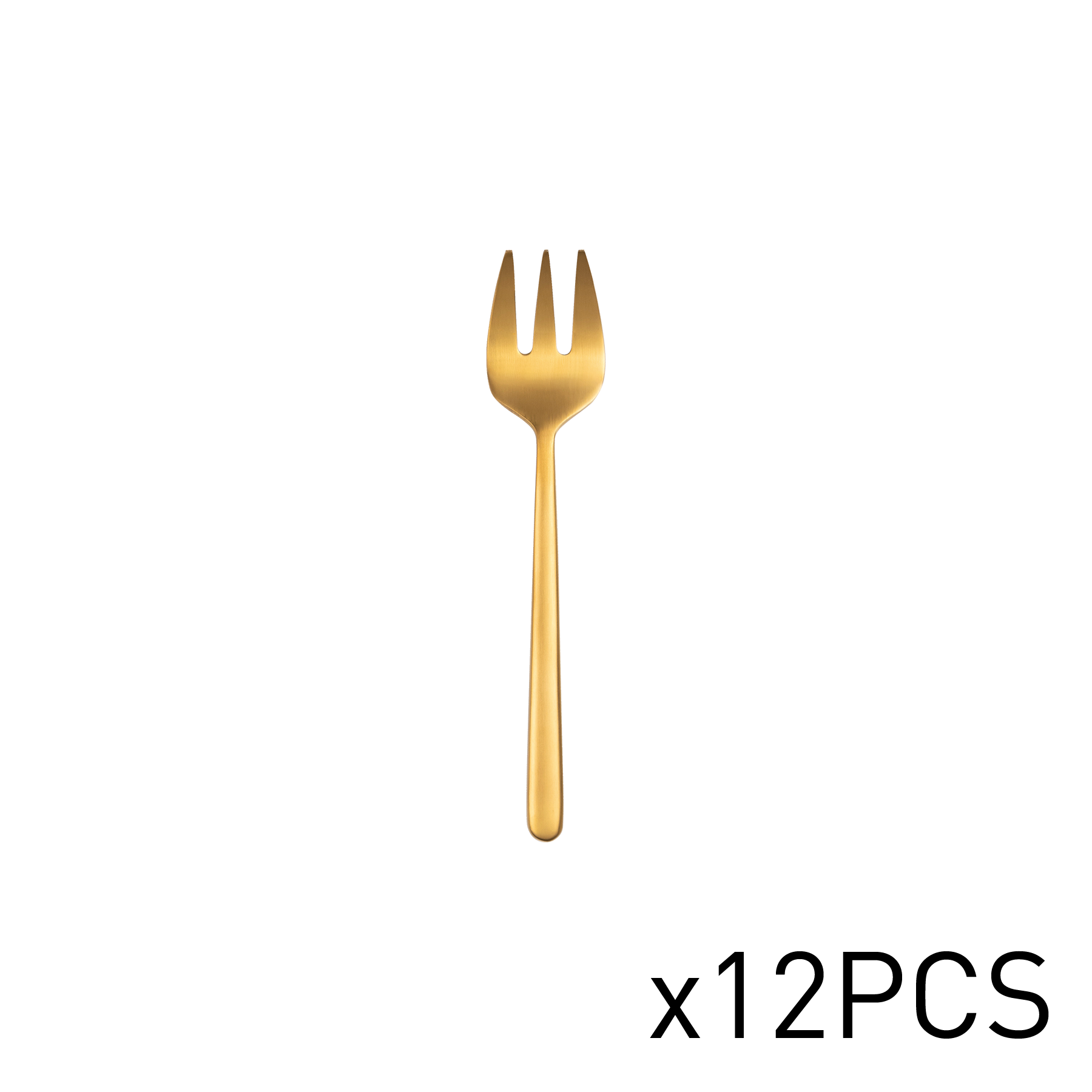
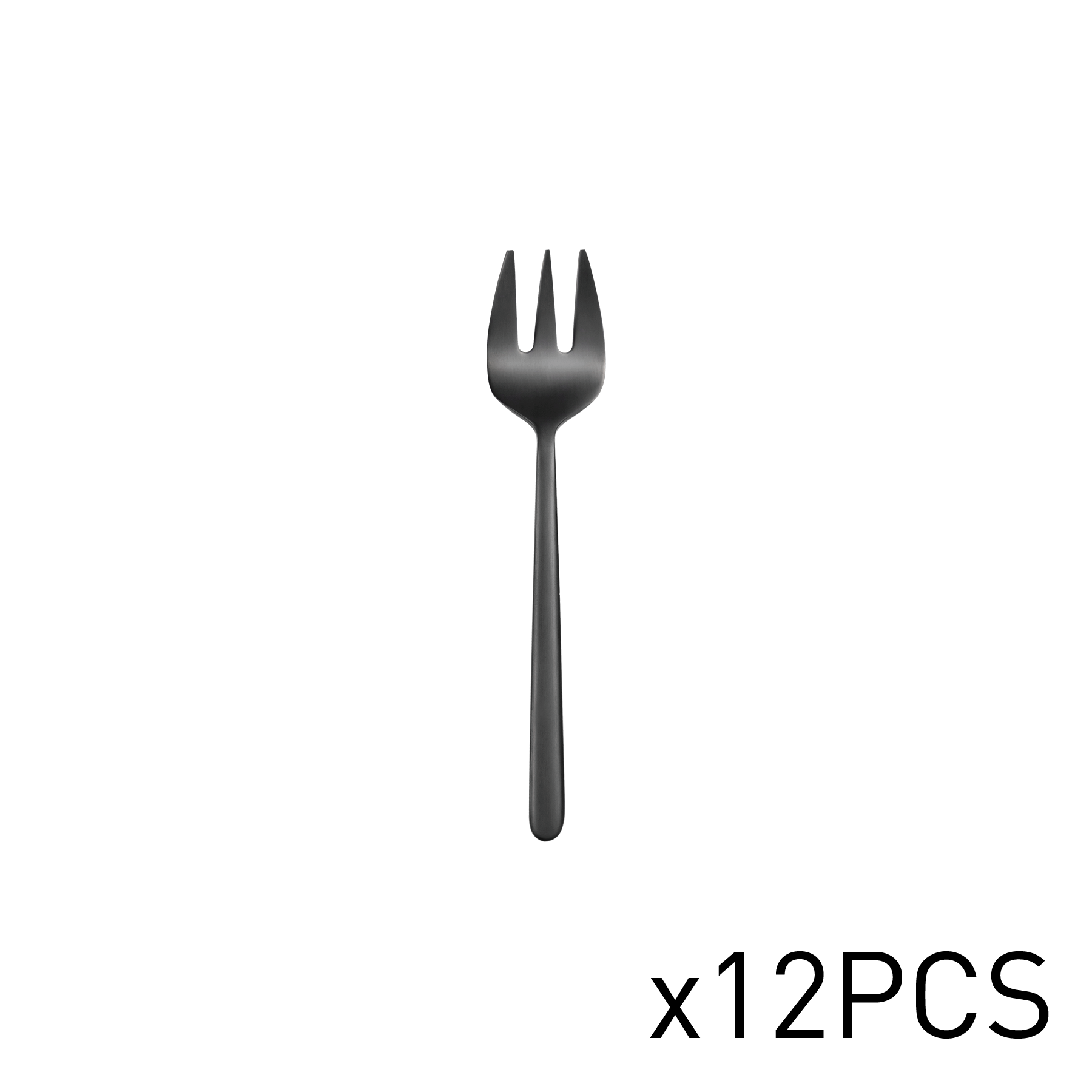
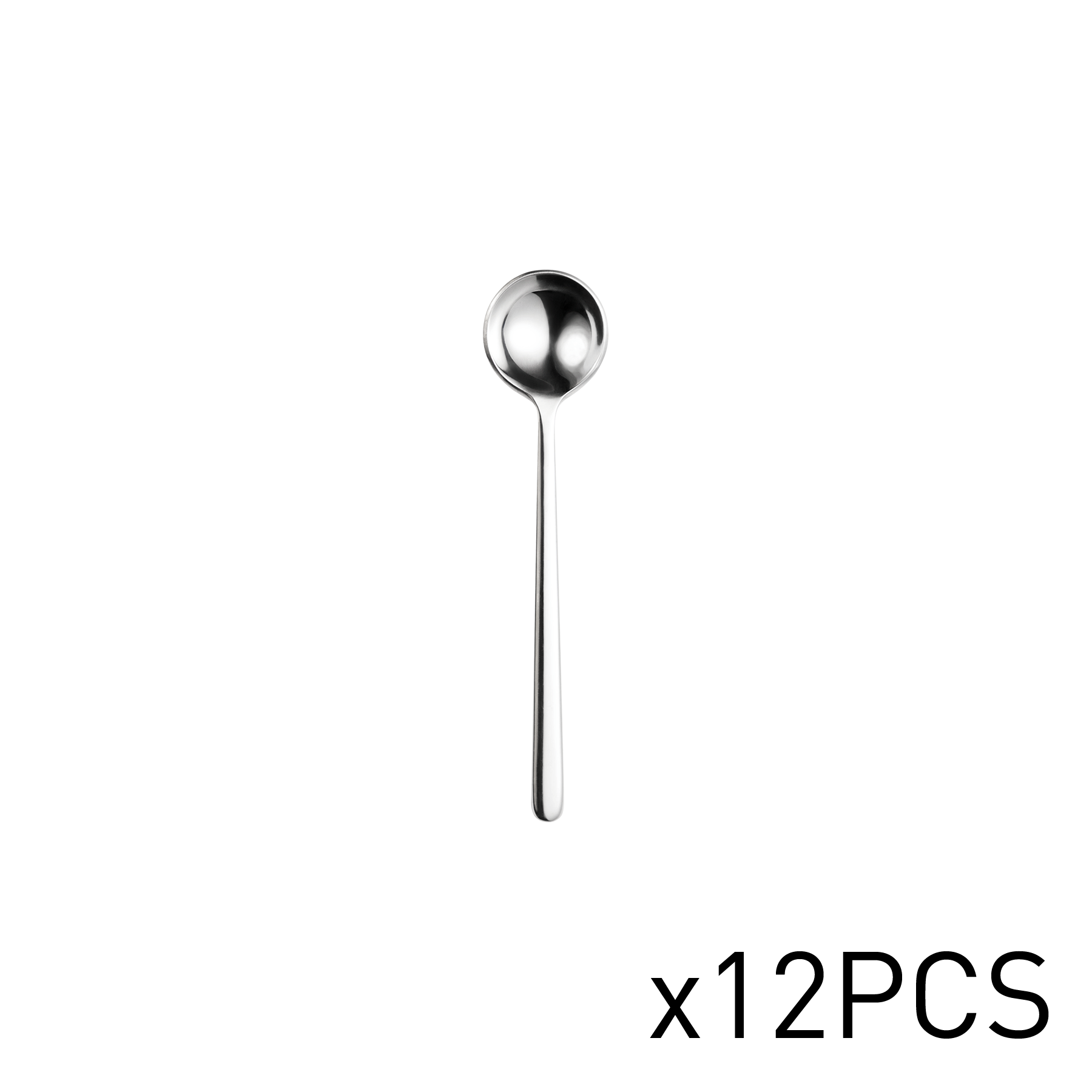
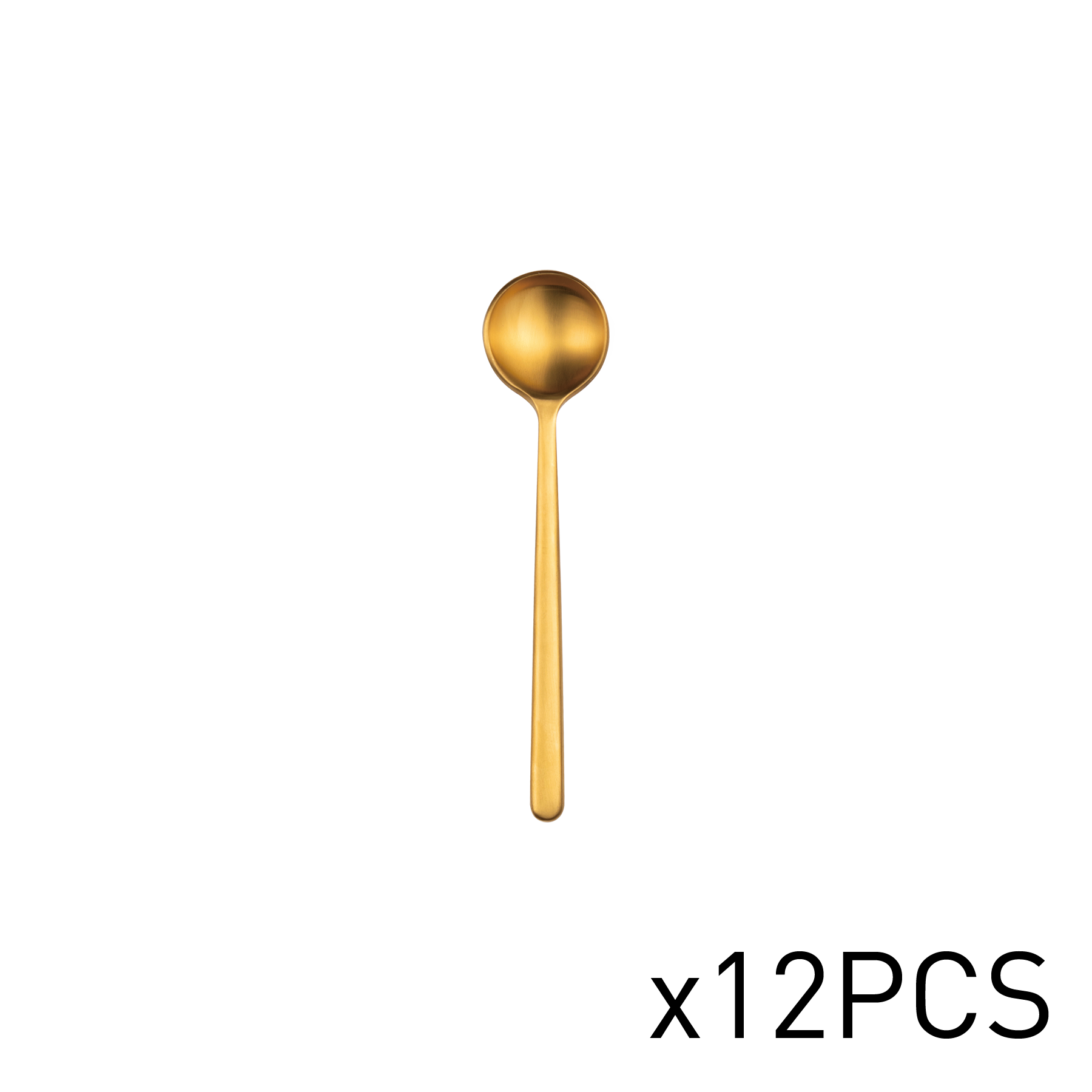
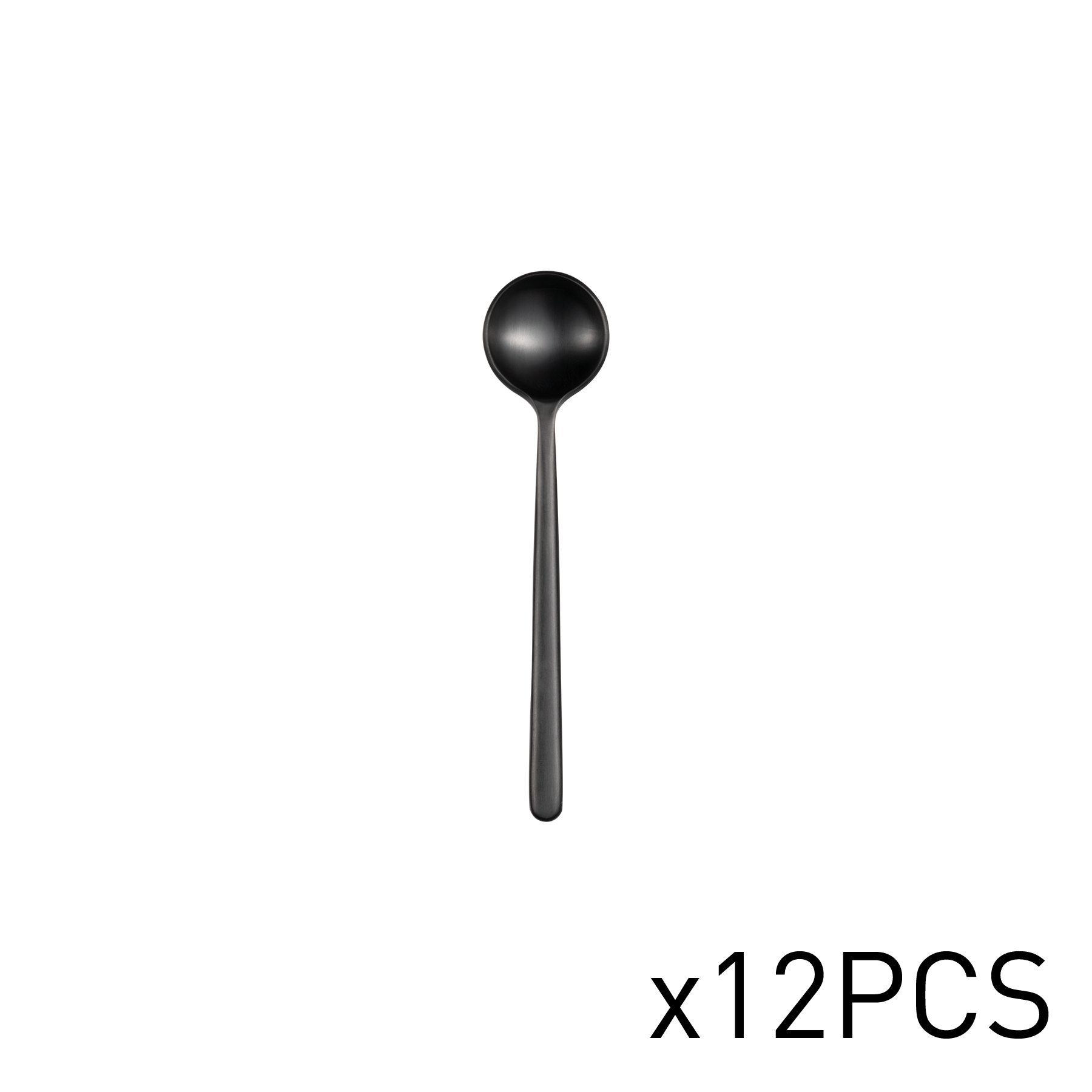
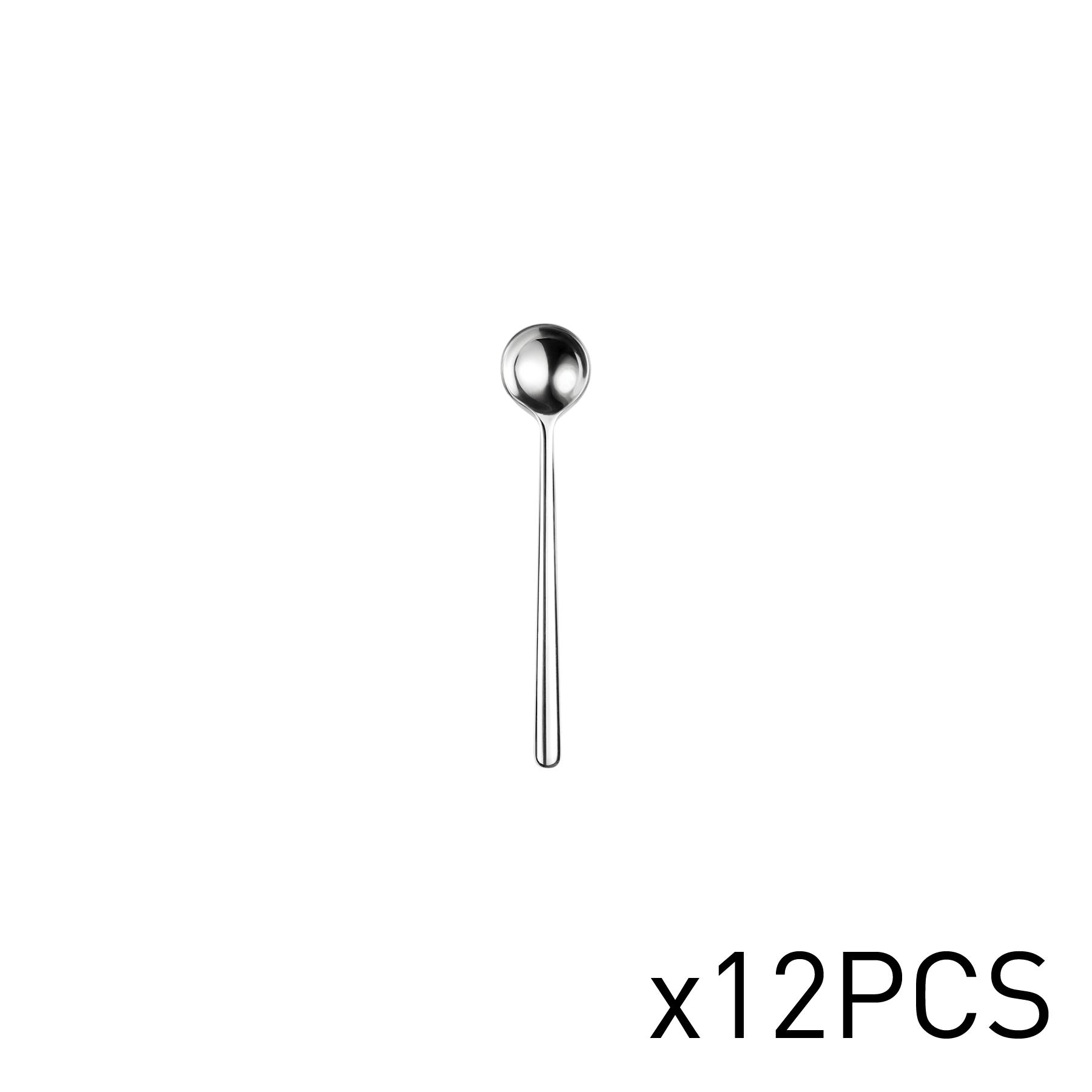
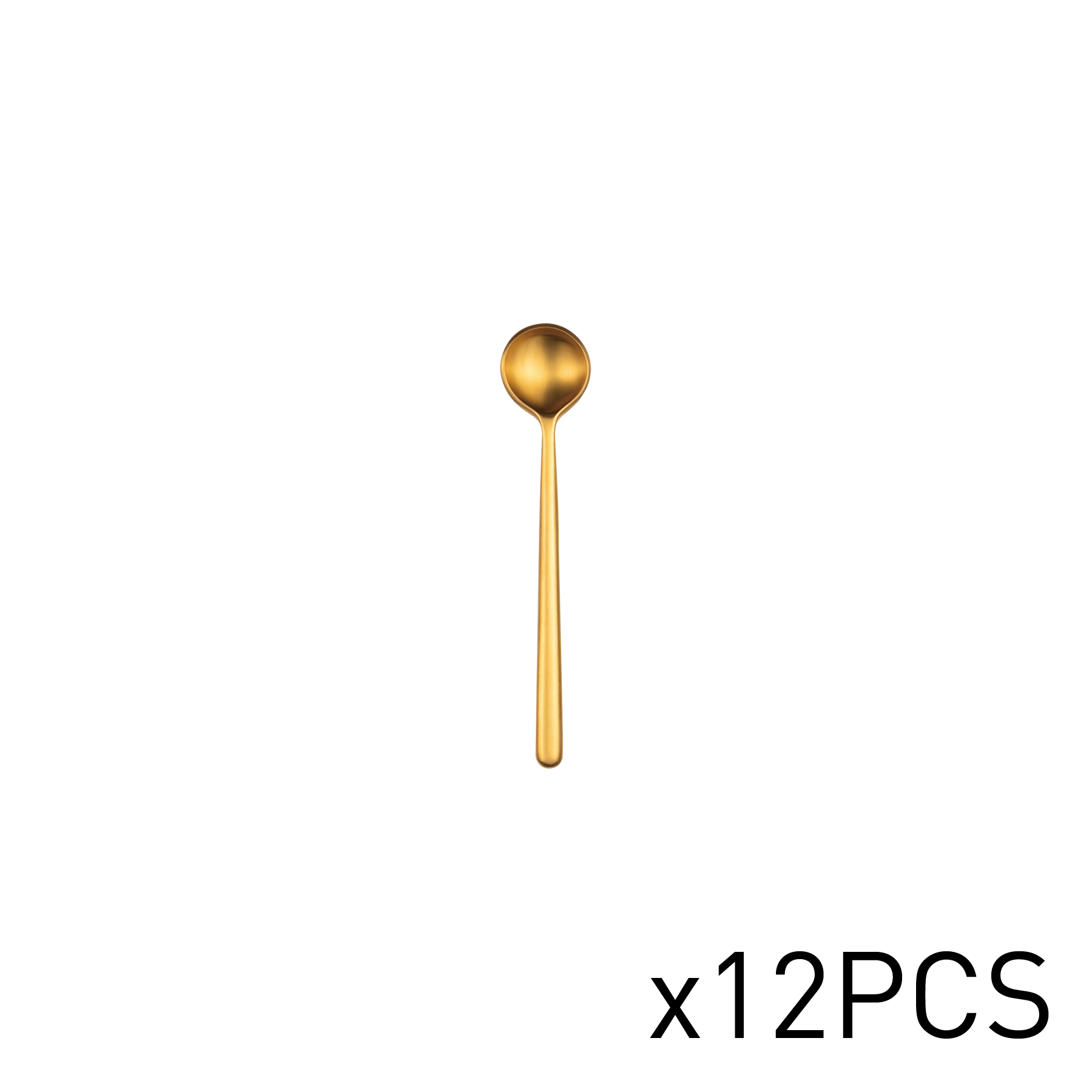
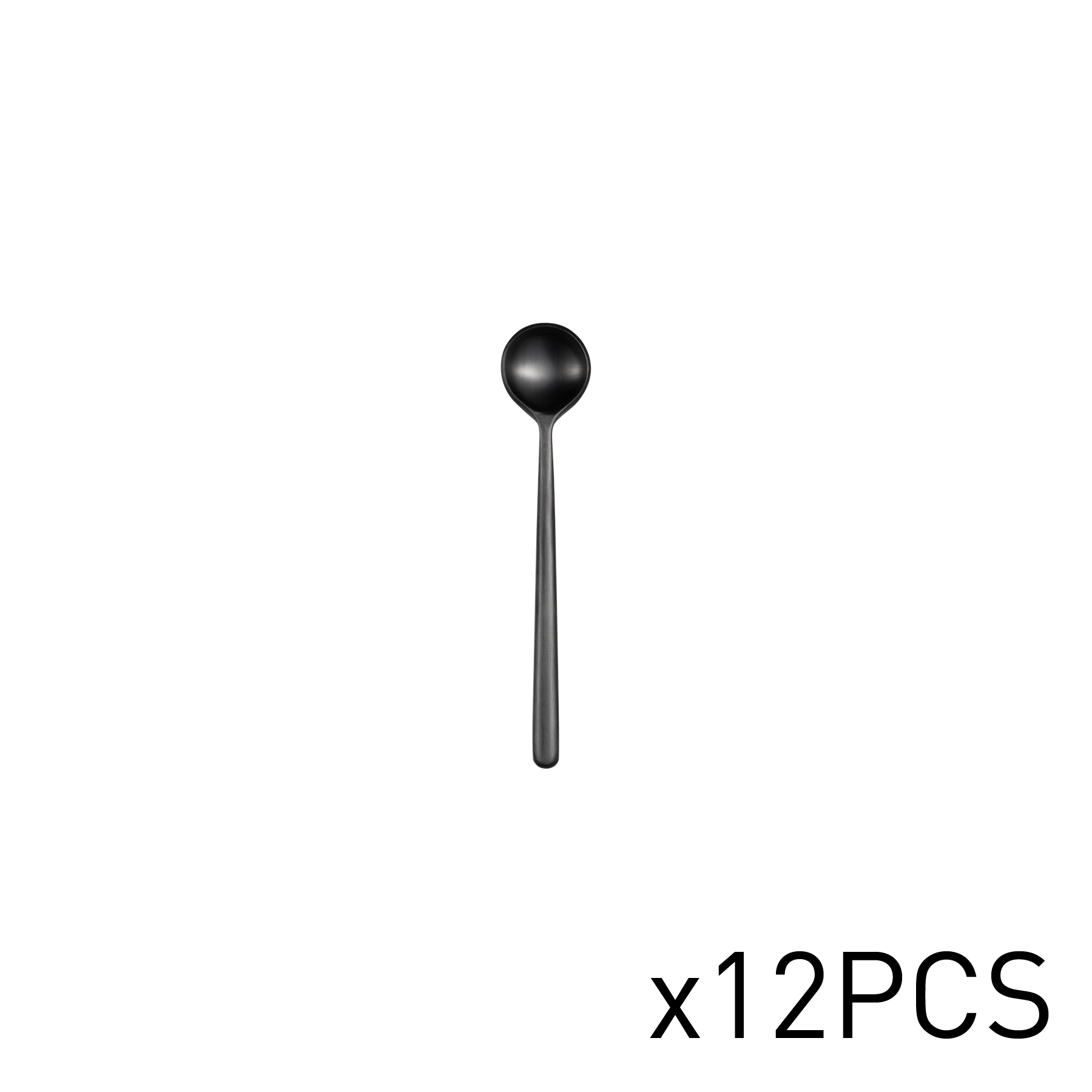
Main
chateau cutlery
Quality
Get the sleek 18/8 Stainless Steel look with a mirror finish, or go bold with Matte Black or Brass for a seriously cool vibe.
Designs
Effortlessly chic and versatile, this timeless design is ideal for any occasion, whether it's your daily routine or a special event.
Details
Handle and tip perfectly balanced, no more clumsy cutlery.
Materials: Stainless Steel
Designer:
DishwasherSafe, FreezerSafe, OvenSafe, Stackable
Packaging: Open Stock
Country of Origin: China
Unit: INNER BOX
Declaration Export Code: 8211910000
Definition of Stainless Steel
Stainless steel is still composed of metal, and is more resistant to rust. However, its by no means completely stain proof. Its generally regarded as stainless in room condition, but they will still stain when exposed to solutions.
18/8 Steel (used in forks, spoons, infusers): 18% Chromium, 8% nickel. A more expensive alloy that is more resistant to erosion.
18/0 Steel (used only in our knives): 18% Chromium, 0% nickel. A harder metal, and its necessary to put blade in so that its hard enough to cut with. Its also called 420 Steel.
Avoid Soaking
Soaking will speed up corrosion, it will be particularly obvious in salt solution and acidic material. Dry the cutlery quickly after use, cleaning for a long lasting performance. Do not soak more than 15 minutes.
Handwash
Avoid using abrasive scrubs or steel wire scourers during hand wash. Wash off any food remains as soon as possible with hot water and a neutral detergent.
Dishwasher
They are dishwasher safe but do not leave them in the dishwasher for a prolonged period of time. Remove and dry as long as the cycle ends. Please beware some extremely high temperature dishwasher might damage the cutlery.
Knife blades
Knife blades are made in 420 stainless steel (aka 18/0) . Out of all the cutlery tools, knives are the ones that need to be taken care of the most. 420 Steel, which gives higher cutting force with hardness, is less resistance to oxidation. Make sure knives are washed immediately after use and well dried before putting them away in a dry place.
Corrosion
Knife blades are made in 420 stainless steel (18/0). With higher percentage of carbon in the knife, makes it more exposed to corrosion. It is advised not to use strong, chlorine-based or anti limescale detergents, they will expose your cutlery to rust much easier and faster, especially on knives and the Brass version of it. However they are save to use with food, general food will not corrode the blade.
Minimize scratches
Try to use them with care. They would scratch each other so as much as we want to use them casually, try not to stack them in dishwasher.
Ageing
Surface patina will appear over time due to nature of the material. Its particularly obvious in matt surface but it will be harmless to use.
About the Designer:

















Choose options


















The Professional's Choice
Manufactured by us.
One thing that separates us from our competitions is we actually make the products ourselves. Manufactured in our own facilities, with combination of high firing, century of craftsmanship, plus a modern eye of designs. These set our designs and quality apart from competitions.
Designed by Real Potters
Simon Stevens started the brand together with us a decade ago as head of designs. Simon designed for numerous British brands before and is a master in ceramics designs himself.
Natural Materials
Ceramics are made out of completely natural materials. Just Clay, Water and Fire. No micro plastics / chemical substances will be released at the end of shelf life because they have been fired at 1300c and becoming something very stable.
for design lovers
we continue to make timeless products
Our goal is to continue making great products that are timeless in designs, last a lifetime in superb durability, and are affordable to everyone with reasonable price.
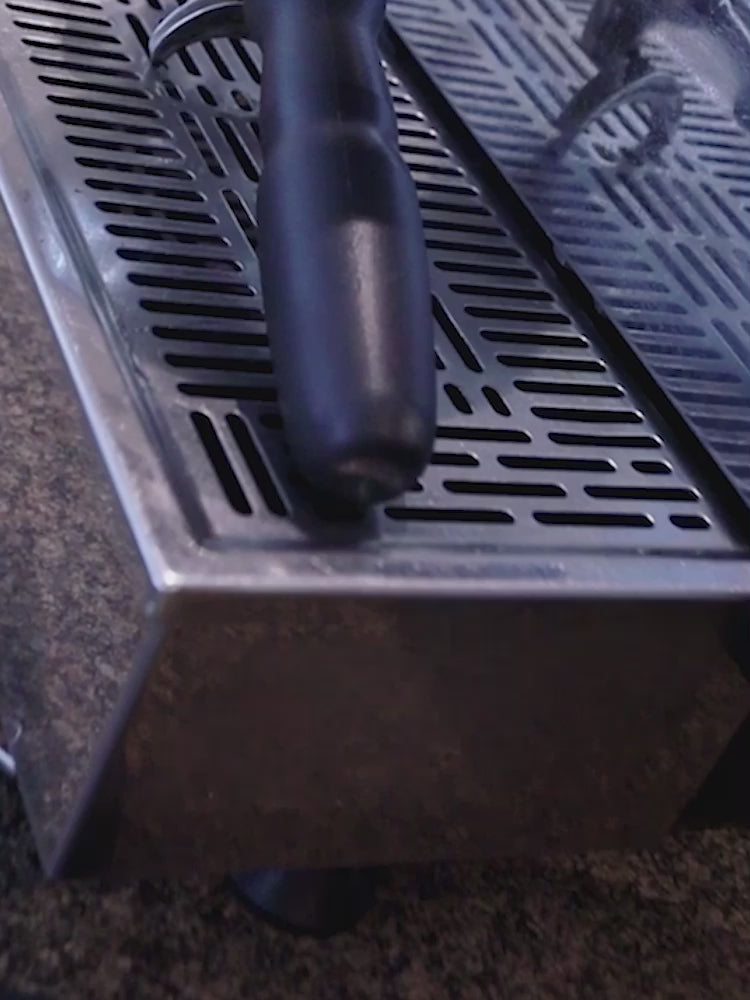
Need help?
Frequently Asked Questions
About The Products
They are made in our factory in China. It is located in the Hunan Province. They are then shipped to various warehouses around the world to service our clients.
It depends on where you are. Orders processed here will take 5-7 business days to arrive. Overseas deliveries can take anywhere from 7-16 days. Delivery details will be provided in your confirmation email.
In our production environment, its lead and cadmium free. We also fire our products at a high temperature at 1300c (2372F), which will evaporate these substance. So our products are 100% food safe, and will be comply with any food standards in the world, including EU, FDA or Prop65 standards.
Ceramics were invented thousands of years ago but is still primarily hand made. The glazing part is 100% hand dipped. With firing occurred after releasing from the mould, the contraction of ceramics will make the size vary. Thats why we would allow some tolerance in size, and also glaze runs. Its also the beautiful nature of the products which we look for.


